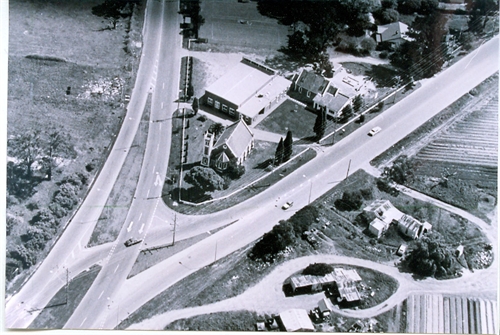The indigenous Australians in the area for thousands of years before white settlement were the Bunurong people.
When Victoria was colonised, the government claimed large sections of the land as Crown Land, and then issued licences for people to run cattle and sheep.
John O’Shanassy, originally from Tipperary in Ireland, was granted such a licence in 1842 for 40,000 acres (16,000 Ha), which includes the area we now know as Dingley Village.
From 1851, some land was auctioned and in 1855, Alfred Tootal bought 267 acres (106Ha) in the area. He is considered one of our first settlers.
Let history roll on
The original name of Dingley is attributed to Thomas Attenborough and his sister Mary who arrived in Port Phillip Colony on the ‘Roxburgh Castle’ in 1853. Within three years, they bought 170 acres of bushland for £280 ($500). They built a home, and named it Dingley Grange after Dingley Hall, a fourteenth century hall in Northamptonshire UK.
John O’Shanassy, originally from Tipperary in Ireland, was granted such a licence in 1842 for 40,000 acres (16,000 Ha), which includes the area we now know as Dingley Village.
Thomas and Mary were great benefactors in the district taking prominent and active rolls in the community. Through their efforts a school was established and a church was built. On her death in 1876, Mary left the proceeds of her property to the Church of England in Victoria and to Christ Church, the Church she had built on the corner of Centre Dandenong and Old Dandenong Roads. Later Thomas returned to England for a holiday and met Mary Jane Stokes who he married. Three years after his return to Dingley, he sold his property moved with his wife to Cheltenham. The sale of the property was advertised in the Brighton Southern Cross on November 7, 1885 as 39 blocks in the Dingley Grange Estate.
Change to Dingley Village
In 1991, after due process and the persistence of residents, the Victorian Governments Place-names Committee confirmed by notice in the Government Gazette that the new name for Dingley was to be Dingley Village. A weekend of celebrations was held to mark the success of “Goodbye Dingley, Hello Dingley Village”. A plaque was attached to a rock in Pethybridge Close indicating the boundaries of the Village.


